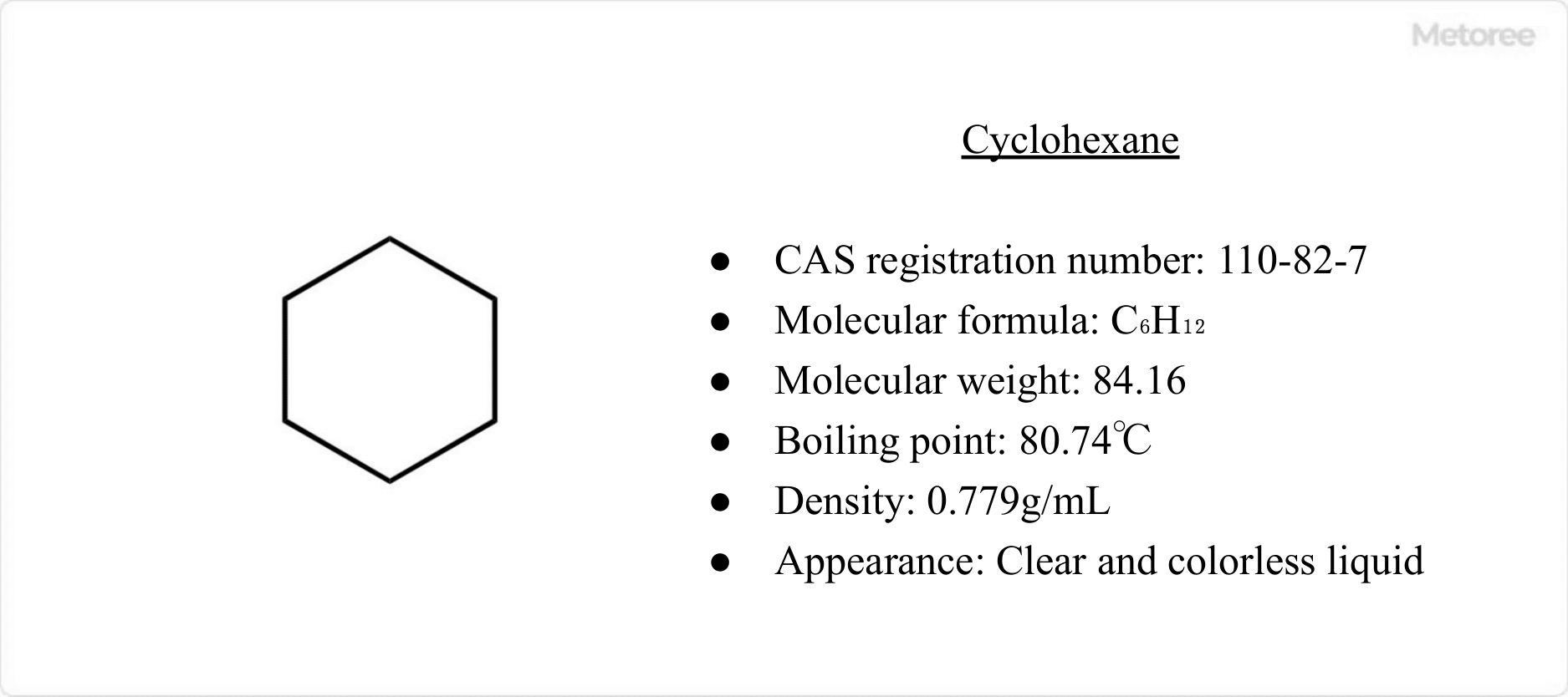What Is Diethylamine?
Diethylamine is an organic nitrogen compound of secondary amines.
It is produced by amination with ethyl alcohol or by reductive amination with acetaldehyde. In either method, ethylamine, diethylamine, and triethylamine are produced simultaneously, and each is separated and purified by distillation.
Diethylamine is corrosive and causes severe skin burns when in contact with the skin.
Uses of Diethylamine
Diethylamine is widely used as a raw material for pharmaceuticals, dye intermediates, rubber chemicals, herbicides, insecticides, surfactants, paints, and synthetic resins. It is also used as a reagent in chemical analysis.
The Diethylamine-copper method is an absorption spectrophotometric method for quantitative analysis of substance concentrations.
Other applications include materials for electroplating baths, polymerization retardants (or polymerization inhibitors) added to monomers to prevent autopolymerization, and pH adjusters.
Properties of Diethylamine
1. Physical Properties
Diethylamine is an organic compound with chemical formula C4H11N, molecular weight 73.14, and CAS number 109-89-7. It is a colorless liquid with a characteristic ammonia-like odor. Its pH is strongly basic, viscosity is 0.319 cp (25°C), and specific gravity is 0.707.
It is a flammable liquid with a melting point of -50°C, a flash point of -26°C or less (in closed systems), a boiling point, first distillation point, and boiling range of 55.5°C, a lower explosive limit of 1.8 vol% and an upper explosive limit of 10.1 vol%, and a spontaneous combustion temperature of 312°C.
2. Chemical Properties
Diethylamine is miscible with water and soluble in alcohol, carbon tetrachloride, and chloroform. It is stable under normal conditions, but decomposes upon heating or combustion, producing toxic fumes such as carbon monoxide and nitrogen oxides.
Oxidizing agents and nitrocyanofurazan are listed as hazardous intermediates. When reacting with oxidizers, there is a risk of fire and explosion. Contact with nitrocyanofurazan will cause an immediate explosion, so care must be taken when handling to avoid contact with other incompatible hazardous substances.
Other Information on Diethylamine
1. Safety of Diethylamine
Diethylamine generates highly flammable liquid and vapor, which is harmful by skin contact, inhalation, and ingestion. It can also cause serious eye damage. Single exposure may cause respiratory and liver damage. Repeated exposure may further cause kidney damage. It is hazardous to aquatic organisms.
When disposing of the product, it must be treated in accordance with relevant laws and local government standards.
2.First Aid Measures for Diethylamine
If inhaled, contacted with skin or eyes, or ingested orally, contact a medical institution immediately. If inhaled, rest in a semi-recumbent position in a location with fresh air.
If on skin, it is important to rinse with plenty of water for at least 15 minutes, then remove clothing that is stained with the chemical, and further rinse.
If the chemical irritates your eyes, flush with plenty of water and remove contact lenses if possible. If ingested orally, do not force vomiting, rinse out the mouth, and follow medical advice.
3. Handling Diethylamine
When handling diethylamine, wear appropriate respiratory protection, protective gloves (neoprene recommended), face protection, and full-body chemical protective clothing (e.g., acid-resistant suit) if necessary. Wash hands thoroughly after work and avoid contact with eyes and skin.
It is required to use explosion-proof electrical, ventilation, and lighting equipment, and take precautions against static discharge. It is highly recommended to install eye washers and safety showers in storage and handling areas.
When mist is generated in high heat processes, ventilation equipment should be installed to keep air contaminants below controlled and allowable concentrations.
4. Fire Extinguishing Methods for Diethylamine
Fires should be extinguished using powder extinguishing agents, alcohol-resistant foam extinguishing agents, large amounts of water, and carbon dioxide. To prevent fire, naked flames, contact with sparks should be avoided, and the the area work area should be a no-smoking zone.
Also, the work area should be handled in a closed system or in a place with ventilation facilities. Care should be taken not to use compressed air when filling, unloading, and handling.


